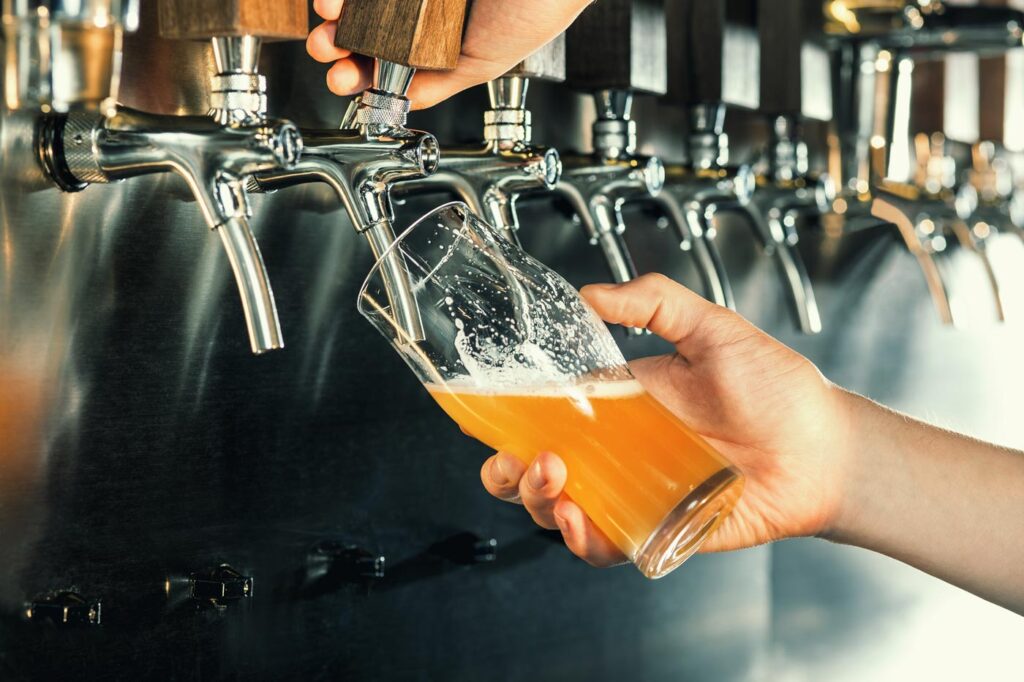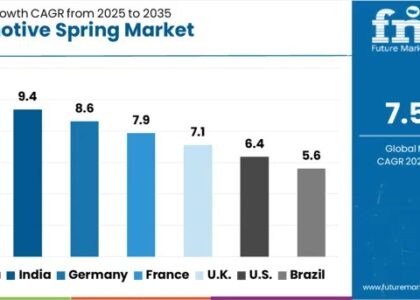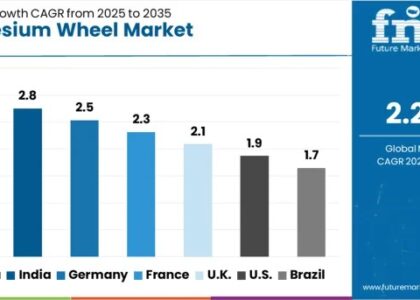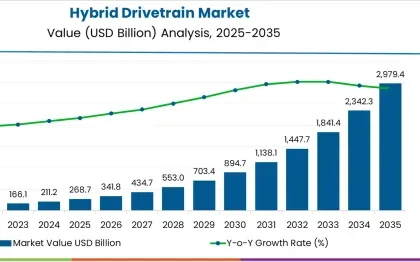
The food grade gas market is estimated to be valued at US$ 7.8 billion in 2024 and is projected to capture a CAGR of 7.0% during the forecast period. The global food grade gas industry analysis reports further predict the overall valuation to reach US$ 14.2 billion by 2034.
The newly released data from Future Market Insights shows the exponential growth of the food grade gases market over the projection period. Within the food & beverage industry, gases are also utilized across the entire value chain, from production and packaging to storage and transportation.
The growth of the market is attributed to the surging human population that has led to a desire for increased food production across several industries like vegetable & Fruits, animal, aquaculture, and food processing.
Food Grade Gas Market Trends and Analysis
- In the food and beverage business, gases are utilized across the entire value chain, from production and packaging to storage and transportation.
- Food-grade industrial gases market size is getting boosted by the increased usage of modified air packaging (MAP) solutions.
- Food-grade gases used in cryogenic freezing and modified environment packaging have become critical for ongoing technical improvements in food processing industries.
Dive Into Knowledge Excellence See Our Report Sample For Invaluable Insights: https://www.futuremarketinsights.com/reports/sample/rep-gb-11255
Key Takeaways
The production of beverages necessitates the use of food-grade gases as it protects wine from microorganisms and oxidation. These gases are crucial for the manufacture of wine. It is added as a dissolvent, as an antioxidant to inhibit polyphenol oxidases (laccase and tyrosinase), and to stop the growth of microbes that aren’t wanted.
In addition to its major use in wine science, SO2 is also found in meats, dried fruits, candied fruits, fermented beverages, beer, and jellies. Food products that are natural, healthful, convenient, and sustainable are becoming more and more in demand from consumers.
Prominent food and beverage producers have been compelled to create new, cutting-edge goods as a result. These factors are expected to bolster growth in the food grade gases market.
The attractive marketing methods used by food and beverage producers incorporate new products including a variety of line extensions, new packaging, and the latest formulas. The requirement for packaging and storage of new products grows as they are introduced more frequently. Manufacturers will have a sizable window of opportunity with the usage of food-grade gases.
Food-grade gases are widely utilized to extend the shelf life of cheeses and pasta without the use of synthetic chemicals and to maintain the freshness of packed food, particularly organic fruits, vegetables, and meat products. The rising demand for packed and convenience food in all is driving the food grade gases market.
Gain Immediate Access to Detailed Market Insights Purchase Now: https://www.futuremarketinsights.com/checkout/11255
Competitive Landscape
In order to guarantee system compatibility and secure transit, manufacturers are ensuring food-grade gases are controlled and they are easily accessible at the specific point of application. Attributing to this reason, a variety of storage containers are being utilized including glass bottles, cryogenic cylinders, gas cylinders, and bulk containers.
Safe and effective handling of the stored gases is crucial for all storage containers as for manufacturers of food-grade gases, preventing environmental and safety issues from these gases is a significant task.
Recent Developments in the Global Food Grade Gas Market
- In July 2020, Linde and CNOOC Energy Technology & Services inked a MoU to advance the hydrogen energy sector in China collaboratively. The two businesses have plans to investigate the possibility of making investments in producing and filling hydrogen as well as increasing the food grade gas sector.
- In November 2020, Strandmøllen A/S established Denmark’s first biogas-based CO2 plant near Korskro. A specifically constructed unit was created to capture and recycle all of the CO2 to make it suitable for food processing and packaging industries.
Food Grade Gases Market by Category
By Product type:
- Carbon Di Oxide
- Nitrogen
- Oxygen
- Sulfur dioxide
- Others
By Application:
- Freezing & Chilling
- Packaging
- Carbonation
- Others
By End-Use:
- Dairy & Frozen Products
- Fish & Sea Food
- Meat
- Beverages
- Fruit & Vegetables
- Bakery & Confectionery
- Others
Access the Complete Report Methodology Now@ https://www.futuremarketinsights.com/request-report-methodology/rep-gb-11255
About Future Market Insights (FMI)
Future Market Insights, Inc. (ESOMAR certified, recipient of the Stevie Award, and a member of the Greater New York Chamber of Commerce) offers profound insights into the driving factors that are boosting demand in the market. FMI stands as the leading global provider of market intelligence, advisory services, consulting, and events for the Packaging, Food and Beverage, Consumer Technology, Healthcare, Industrial, and Chemicals markets. With a vast team of over 400 analysts worldwide, FMI provides global, regional, and local expertise on diverse domains and industry trends across more than 110 countries.
Contact Us:
Nandini Singh Sawlani
Future Market Insights Inc.
Christiana Corporate, 200 Continental Drive,
Suite 401, Newark, Delaware – 19713, USA
T: +1-845-579-5705
For Sales Enquiries: sales@futuremarketinsights.com
Website: https://www.futuremarketinsights.com
LinkedIn| Twitter| Blogs | YouTube




